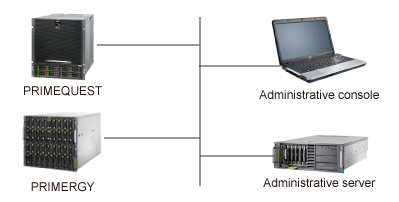
- SERVERVIEW MANAGEMENT AND SERVICEABILITY DVD HOW TO
- SERVERVIEW MANAGEMENT AND SERVICEABILITY DVD UPGRADE
- SERVERVIEW MANAGEMENT AND SERVICEABILITY DVD SOFTWARE
A server room must be kept at the proper temperature and humidity-with air flows maintained-for peak server performance and reliability.
SERVERVIEW MANAGEMENT AND SERVICEABILITY DVD HOW TO
The guide I wrote on how to check your hard drive health also explains how to know when a hard drive is bad. You need to keep track of hard drive storage space, adding new drives or deleting unnecessary data when they fill up (or deciding to invest in a cloud storage solution for more storage capacity). Performance can degrade when a hard drive nears maximum capacity. Programs and data are saved here even when the machine is shut down.
SERVERVIEW MANAGEMENT AND SERVICEABILITY DVD UPGRADE
To deal with an overused CPU, you may need to upgrade the chip, add more CPUs, or halt unnecessary programs taking up system resources. A CPU running close to 100% utilization for an extended period is overtaxed, meaning there’s no excess capacity for users to perform additional tasks, risking everything depending on the server slowing to a crawl. CPUs should be constantly monitored to avoid overuse.
SERVERVIEW MANAGEMENT AND SERVICEABILITY DVD SOFTWARE
The following are important elements of effective server management any IT strategy or software solution should help address: Server management basics include management of hardware, software, security, and backups. virtual servers to understand what environment is best to meet organizational needs.

Anyone who manages servers needs to be familiar with a wide range of IT topics like physical vs. They can be more complex to manage than physical servers, but the same server management principles apply to both. Virtual servers-also known as virtual machines-can help increase efficiency by enabling more to be done with less hardware. While a traditional, physical server is typically a single server running on a single machine, a virtual server can allow multiple servers to be hosted on one piece of hardware. Virtualization is a major trend in today’s server environments.

Managing a server, whether in-house or in the cloud, means staying on top of hardware, software, security, and backups. While many businesses have shifted to cloud services using servers located in enormous, distant data centers, a significant number of organizations still have in-house servers or use a hybrid environment of in-house and cloud services to host server data requiring management. Companies depend on their server infrastructure for most IT functions, including data storage, hosting websites, emails, and applications.


 0 kommentar(er)
0 kommentar(er)
